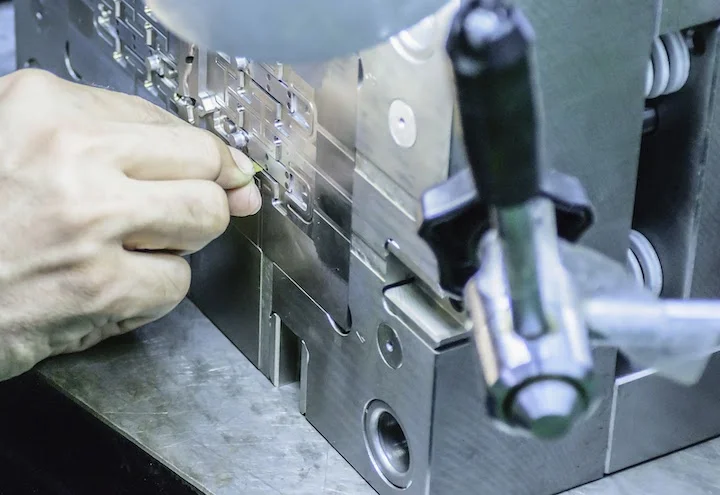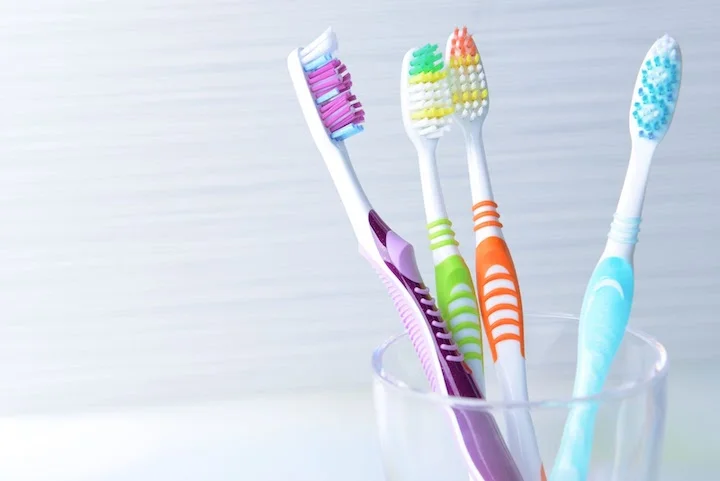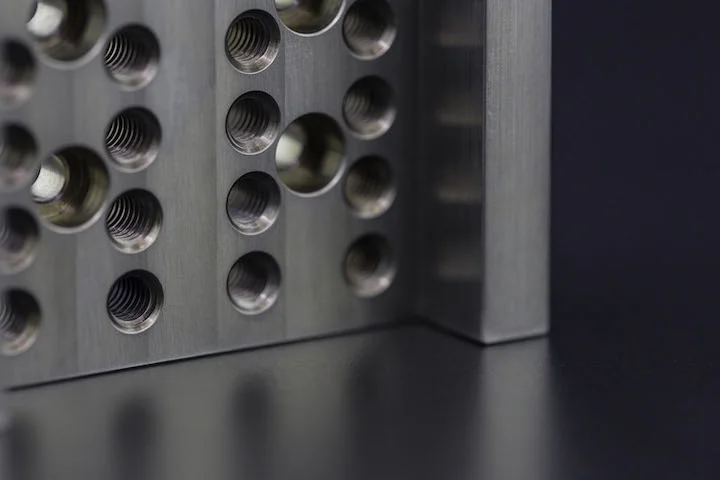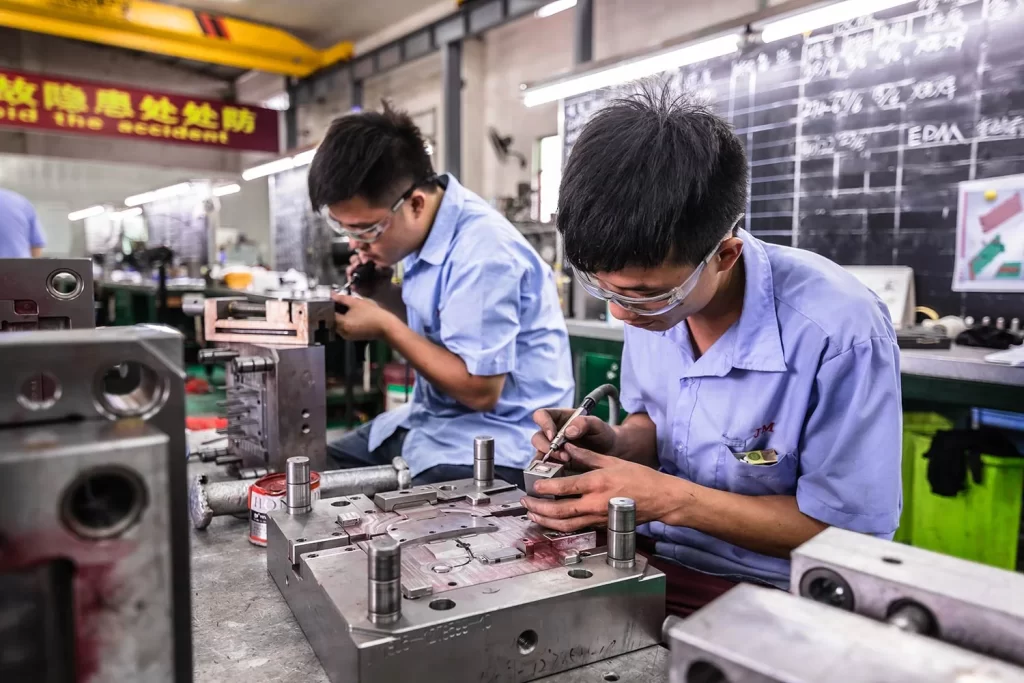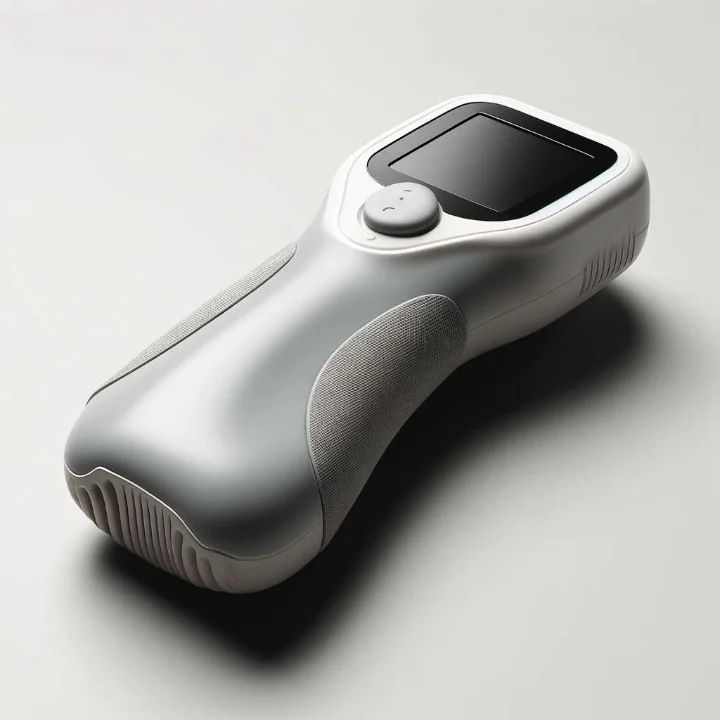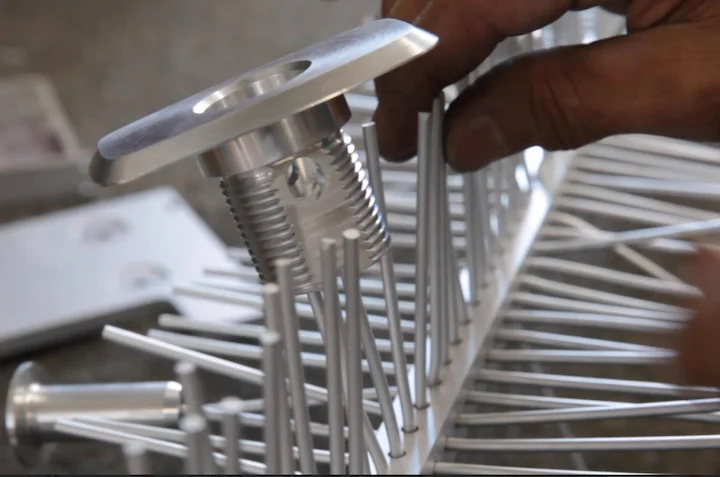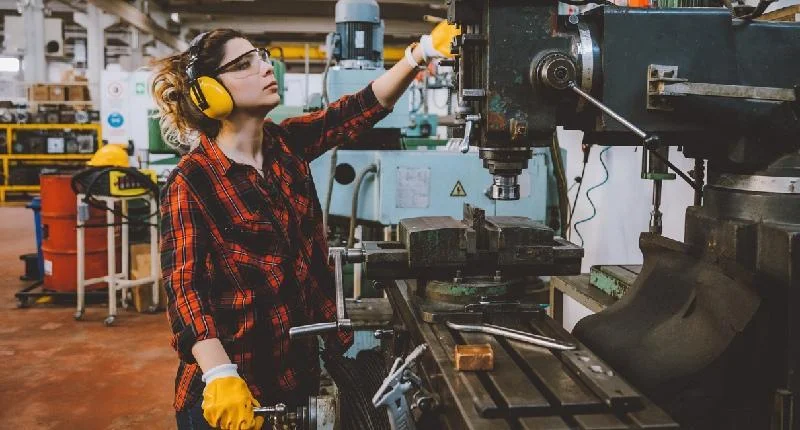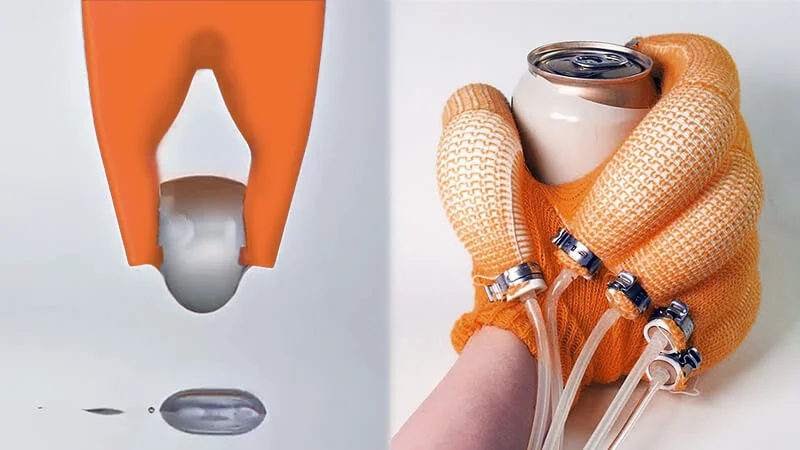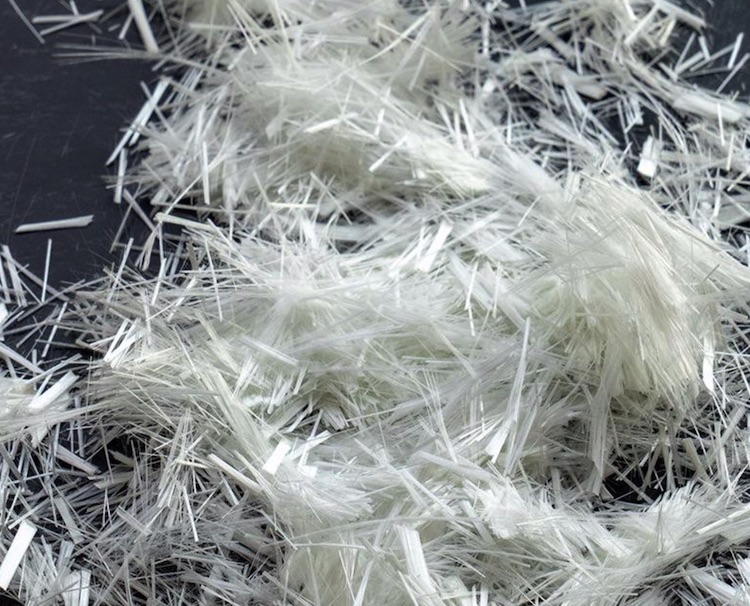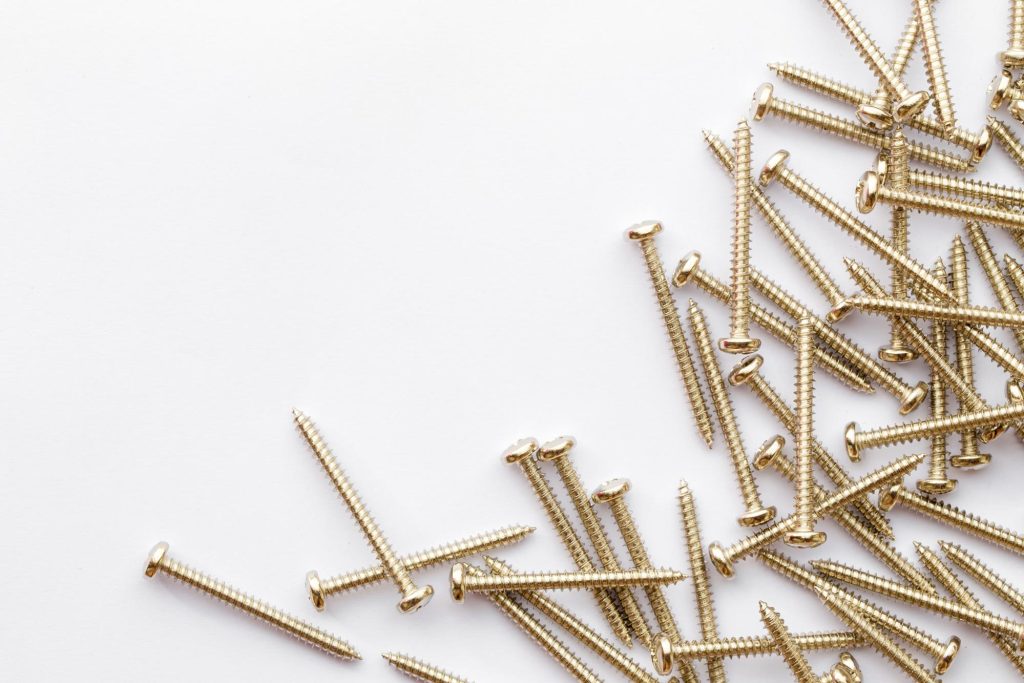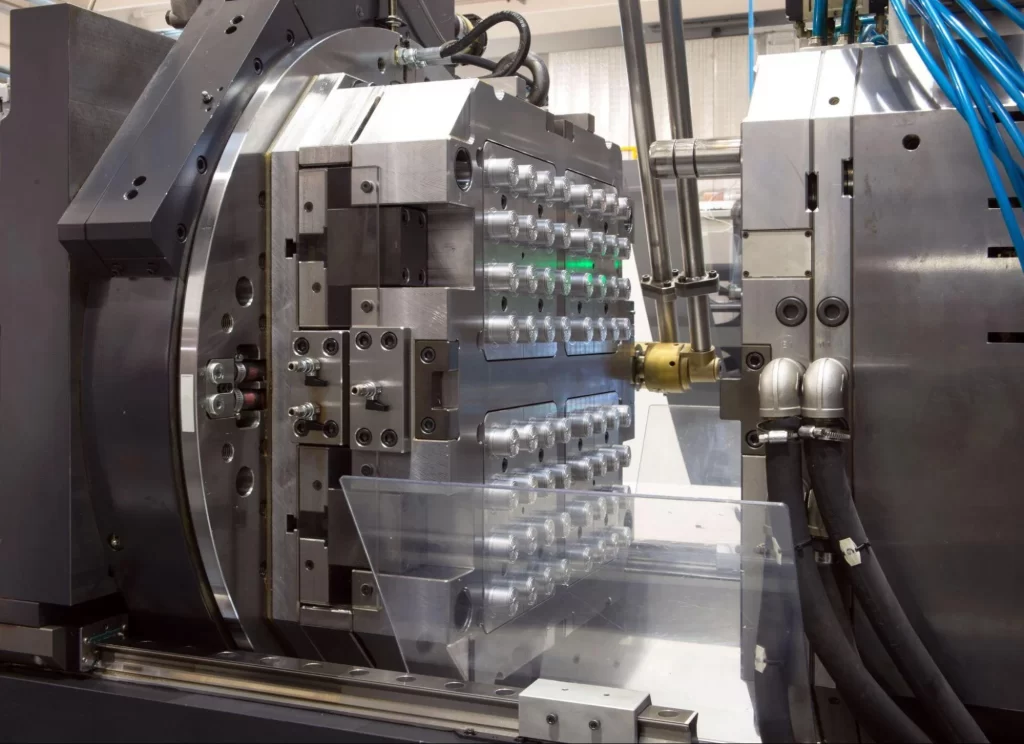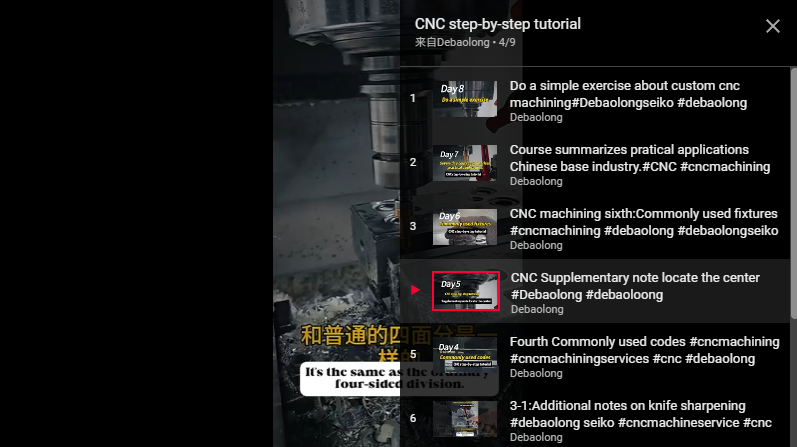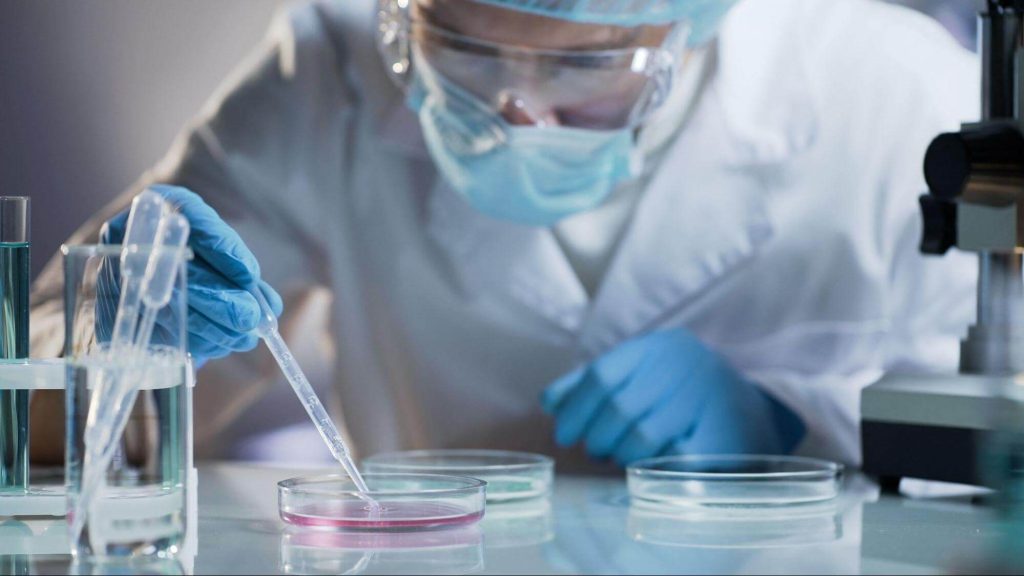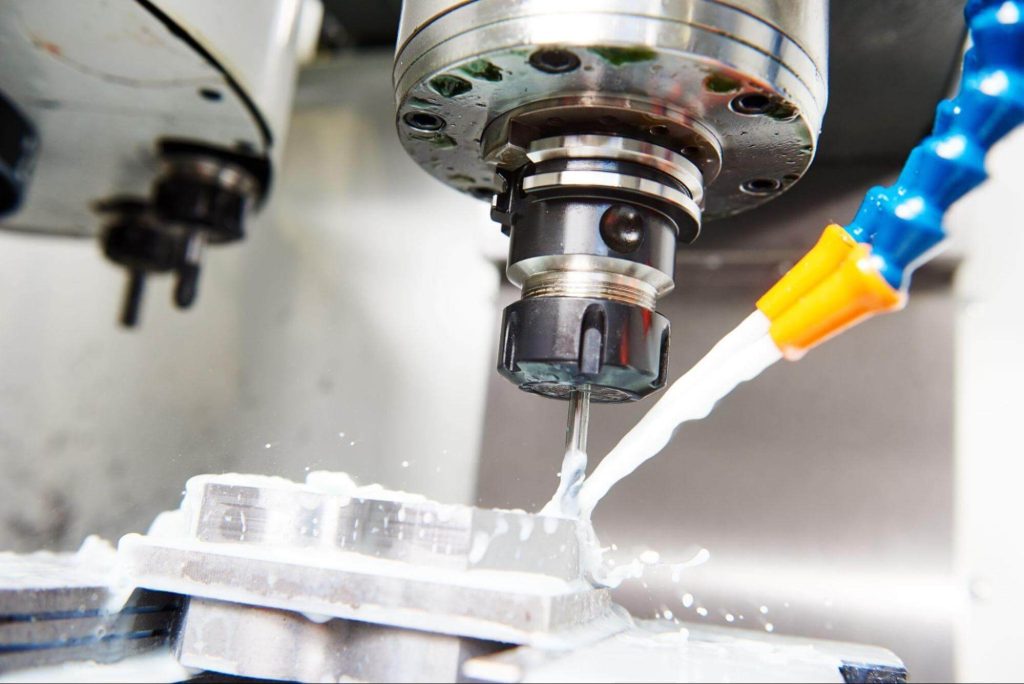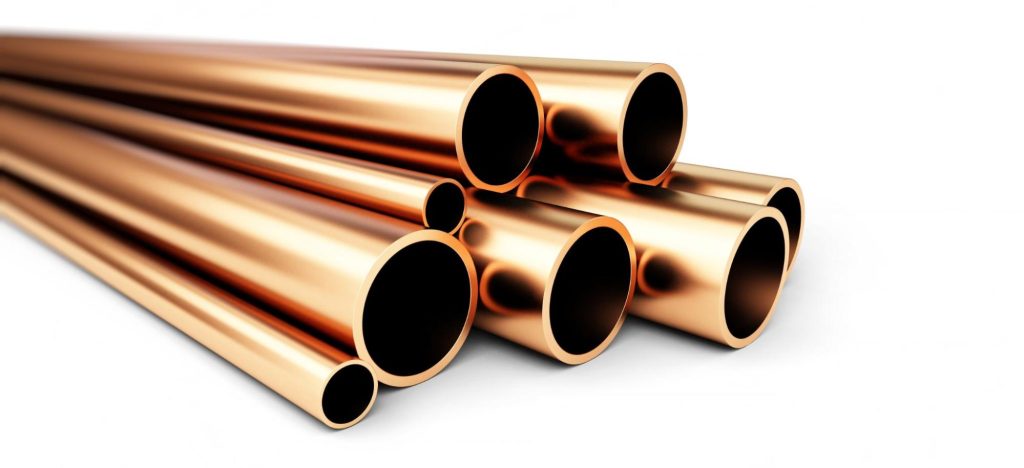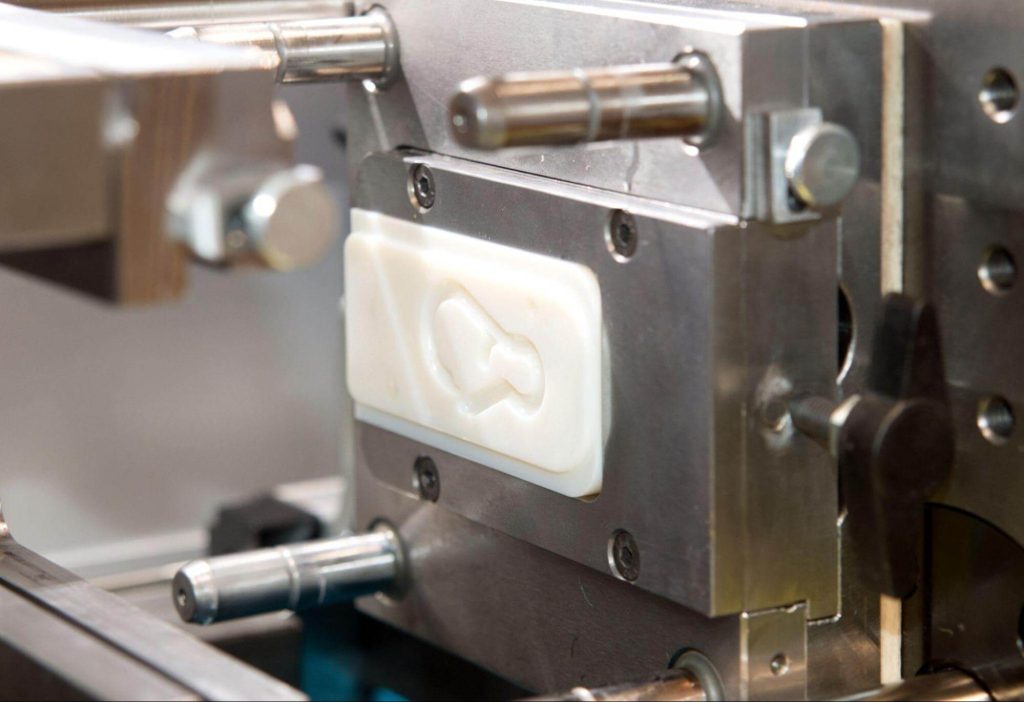Silicone elastomers are synthetic materials containing silicon, oxygen, carbon, and hydrogen atoms. These thermosetting resins have a variety of uses and advantages, but not all silicones are the same. For example, general-purpose silicone used to seal bathtubs and windows is not suitable for medical devices or cookware.
This article from Debaolong Seiko provides an overview of silicone rubber, starting with its chemical composition and curing systems. Then, you will learn about different types of silicone materials, their advantages over other elastomers, and the manufacturing and applications of silicones in various fields. If you are designing silicone parts, create a free Debaolong Seiko account and upload your CAD files for a quote. We produce complex parts at an amazing speed!
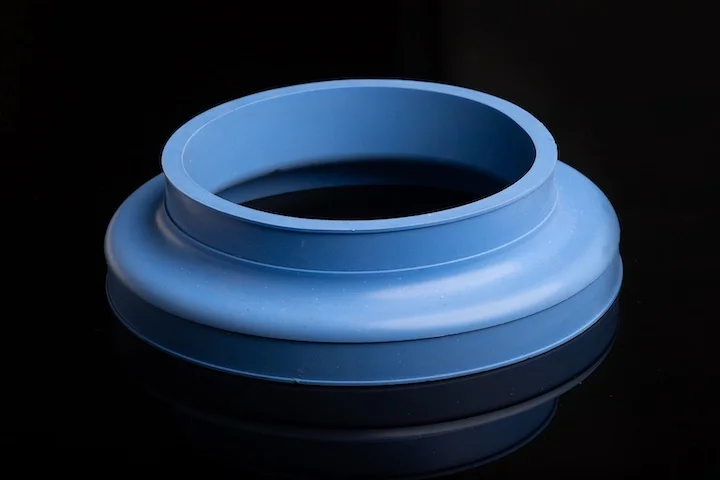
Silicone parts like this can be compression molded for small-batch production.
Silicone Chemistry
Chemically, silicones consist of alternating silicon and oxygen (Si-O) bonds. This inorganic Si-O backbone gives silicones physical and chemical properties different from polymers with organic carbon (C-C) backbones (such as thermoplastics).
Most silicones have polydimethylsiloxane (PDMS) chemistry, where each silicon atom is bonded to two oxygen atoms and two methyl (CH3) groups. The properties of PDMS depend on the specific type of methyl groups attached to the silicon atoms.
Silicone Curing Systems
Curing is a chemical process that transforms a material from a liquid to a solid form. In the context of elastomers, curing is also known as vulcanization. This chemical reaction results in cross-linking between polymer chains, usually with covalent or ionic bonds.
There are many types of curing systems, but these four are the most common:
- Condensation
- Platinum
- Peroxide
- Ultraviolet (UV)
The following sections explain how each curing system works and some common applications.
Condensation Curing
Condensation curing uses tin-based catalysts (such as tin salts or tin oxides) to initiate cross-linking. Atmospheric moisture used during the curing process releases by-products such as alcohol and acetic acid. Post-curing or post-baking (a process involving heating the silicone in an oven) may be required to remove residues. Applications of condensation-cured silicones include molds, building components, and special effects production.
Platinum Curing
Platinum curing uses platinum-based catalysts to initiate cross-linking. These silicones are less sensitive to atmospheric moisture, and platinum curing does not release by-products such as volatile organic compounds (VOCs) that require post-baking for removal. Due to their higher cleanliness and purity, some platinum-cured silicones are used in medical applications. For example, platinum-cured USP Class VI silicones are used in medical wearables.
Peroxide Curing
Peroxide-cured silicones use organic peroxide catalysts, which decompose during the curing process. They can also cure at lower temperatures. Peroxide-cured silicones are not as transparent as platinum-cured ones but are less costly. Applications typically include silicone hoses and O-rings, but food-grade materials can also be used for tableware.
Ultraviolet Curing
UV-cured silicones react with ultraviolet (UV) light to initiate cross-linking. In other words, these silicones are cured with light rather than heat. However, sometimes a secondary curing method is needed to reach shadowed areas. UV curing is fast and allows better control of curing time. Usually, UV-cured silicones are used in electronic and medical applications.
“Silicones also have military applications at the asset and weapon system levels. For example, silicone components are used in military aircraft, naval vessels, tanks, and submarines.” – Metallurgical-grade silicone rubber and silicone rubber: National security issues, Rubber World magazine, November 2023
Types of Silicone Materials
There are four basic types of silicone materials:
- Room Temperature Vulcanizing (RTV)
- Liquid Silicone Rubber (LSR)
- High Consistency Rubber (HCR)
- Fluorosilicones
The following sections will introduce them.
Room Temperature Vulcanizing (RTV) Silicones
As the name suggests, Room Temperature Vulcanizing (RTV) silicones cure at room temperature without additional heating. These materials exhibit minimal shrinkage during curing and maintain flexibility over a wide temperature range. RTV silicones are available in one-part formulations that cure upon exposure to moisture in the air, and two-part formulations consisting of a base and a curing agent. Applications include RTV molds.
Liquid Silicone Rubber (LSR)
Liquid Silicone Rubber (LSR) starts in liquid form and cures into a flexible elastomer. LSR has low viscosity and can be 3D printed or injection molded to produce parts with complex shapes. Applications of liquid silicone rubber include medical devices such as catheters and asthma inhalers, as well as seals and gaskets for medical equipment.
High Consistency Rubber (HCR)
High Consistency Rubber (HCR) has a thick, putty-like consistency before curing. Although HCR is designed for heat curing, it can undergo partial curing with peroxides or platinum agents over time at room temperature. HCR supports compression molding for parts such as gaskets, but these silicone materials can also be extruded into tubes and calendered into silicone sheets.
Fluorosilicones
Fluorosilicones are silicone elastomers containing fluorine in their molecular structure. Fluorine replaces some or all of the methyl groups, and the extent of this substitution determines the properties and cost of the elastomer. Compared to general-purpose silicones, fluorosilicones have stronger resistance to fuels, chemicals, and oils. However, fluorosilicones have limited physical strength and are not recommended for dynamic sealing applications.
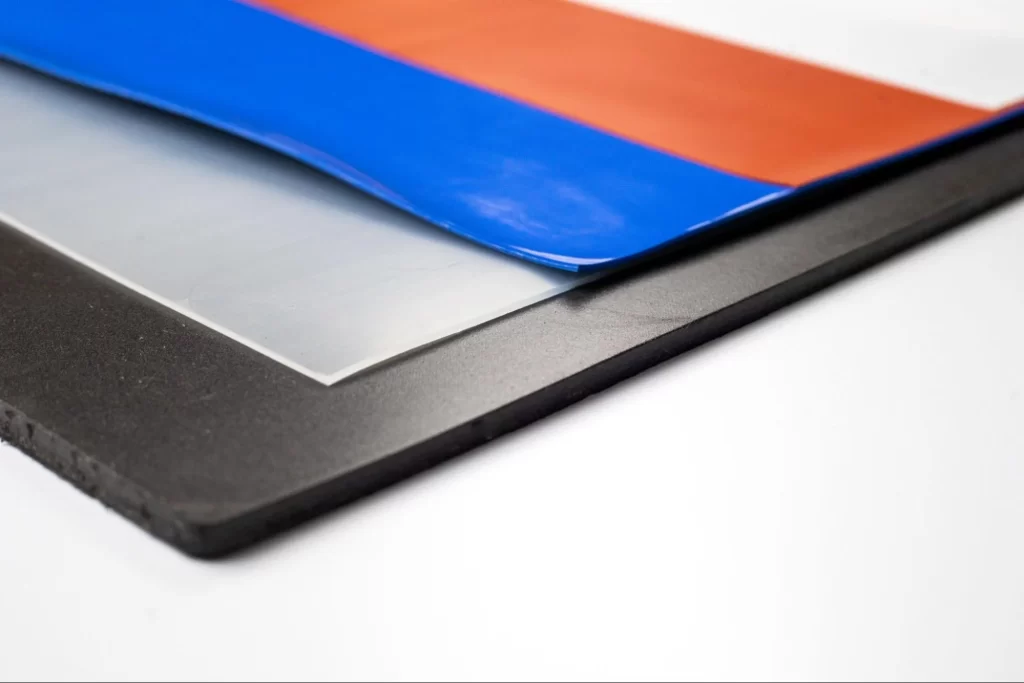
Benefits of Silicone
Silicone elastomers have the following advantages:
- Temperature range and thermal stability
- Flexibility and elasticity
- Resistance to compression set and stress relaxation
- Chemical resistance and environmental durability
- Electrical insulation
- Microbial resistance
- Customization and versatility
The following sections will elaborate.
Temperature Range and High Thermal Stability
Silicones can withstand a wide range of temperatures without significant loss of physical properties. The specific temperature range varies by type and formulation, but most silicones can function at temperatures as low as -60°C to -100°C (-76°F to -148°F). Most silicone materials can also withstand high temperatures between 200°C and 300°C (392°F to 572°F).
Flexibility and Elasticity
Silicones maintain their flexibility over a wide temperature range, but they are also known for their elasticity: the ability of a material to return to its normal shape after being stretched or compressed.
- Stretching occurs when a material is subjected to a force that pulls it apart and causes it to elongate.
- Compression occurs when a material is subjected to a force that pushes it together and causes it to shorten.
Silicone parts (such as gaskets and washers) typically undergo both types of deformation.
Resistance to Compression Set and Stress Relaxation
The ability of silicones to resist compression set and stress relaxation makes them an excellent choice for applications requiring long-term performance under mechanical stress.
- Compression set refers to the permanent deformation of a material under compressive force (such as a closed door).
- Stress relaxation is the gradual decrease in stress over time under constant strain.
Due to their resistance to stress relaxation, silicones maintain their sealing ability over time when continuously deformed.
Chemical Resistance and Environmental Durability
Silicone materials have a wide range of chemical resistance and environmental durability. They resist:
- Weak acids
- Alkalis and bases
- Common solvents such as ketones, esters, and hydrocarbons
- Saltwater solutions
Importantly, silicones do not degrade or swell when exposed to moisture. They are inherently hydrophobic (i.e., water-resistant) and can withstand oxidation, ozone, and ultraviolet (UV) light, all of which are factors in many outdoor applications.
Electrical Insulation
Silicones are excellent electrical insulators, combining high dielectric strength and low conductivity.
- Dielectric strength is the maximum voltage required to cause an insulating material to break down under an electric field. The higher the dielectric strength, the higher the voltage before breakdown.
- Conductivity is a measure of a material’s ability to conduct electric current. The lower the conductivity, the greater the resistance to current flow.
With their unique combination of properties, silicones are well-suited for dielectric elastomer actuators (DEA) and can support 3D printing with UV curing.
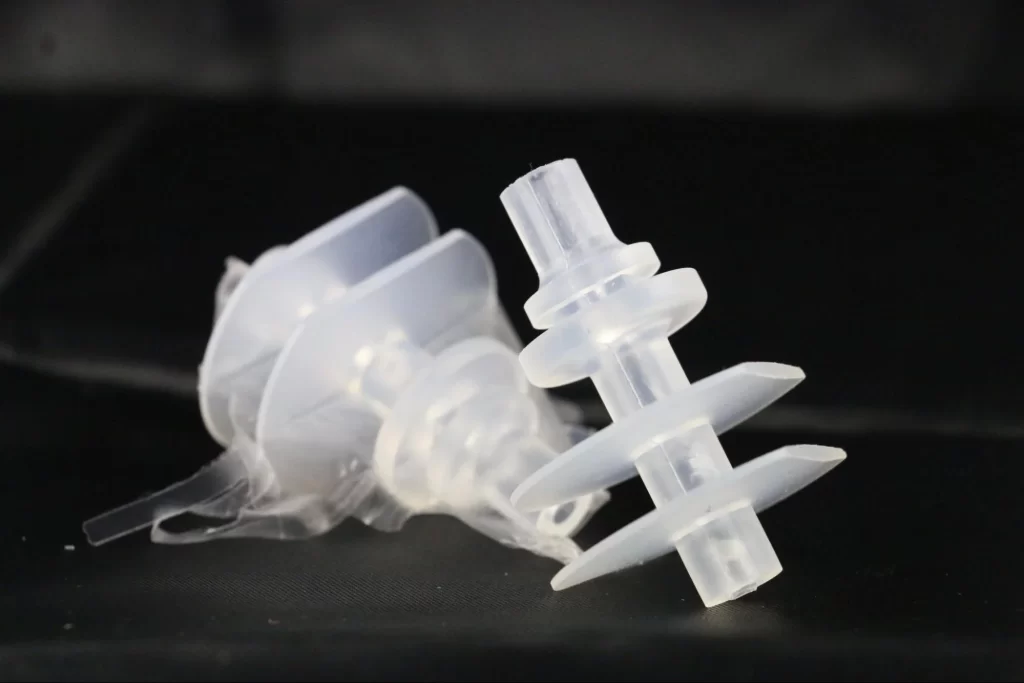
Microbial Resistance
Microbes are microorganisms, including bacteria, viruses, and fungi. Because silicones are chemically inert and water-resistant, they do not provide a nutrient source for microbes and help prevent the accumulation of moisture needed for microbial growth.
Silicone material surfaces are smooth and relatively easy to clean. The use of surface treatments and antimicrobial additives can enhance the microbial resistance of silicones in food and medical applications.
Customization and Versatility
Silicones are also customizable, supporting the use of additives, fillers, and pigments. Examples include conductive compounds, as they contain metal particles, and silicones formulated for flame resistance. Some products combine UL 94 V0 flame retardancy with electromagnetic interference shielding.
Manufacturing Methods
As explained in previous sections of this article, silicone elastomers support 3D printing, injection molding, and compression molding. They also support polyurethane casting, can be extruded or calendered. Depending on their material properties, some silicones can be CNC machined. Through injection molding and compression molding, silicone can also be used as an overmolding material.
For more information, please contact us at Debaolong Seiko. You are also welcome to upload your design to Debaolong Seiko for a quote.






